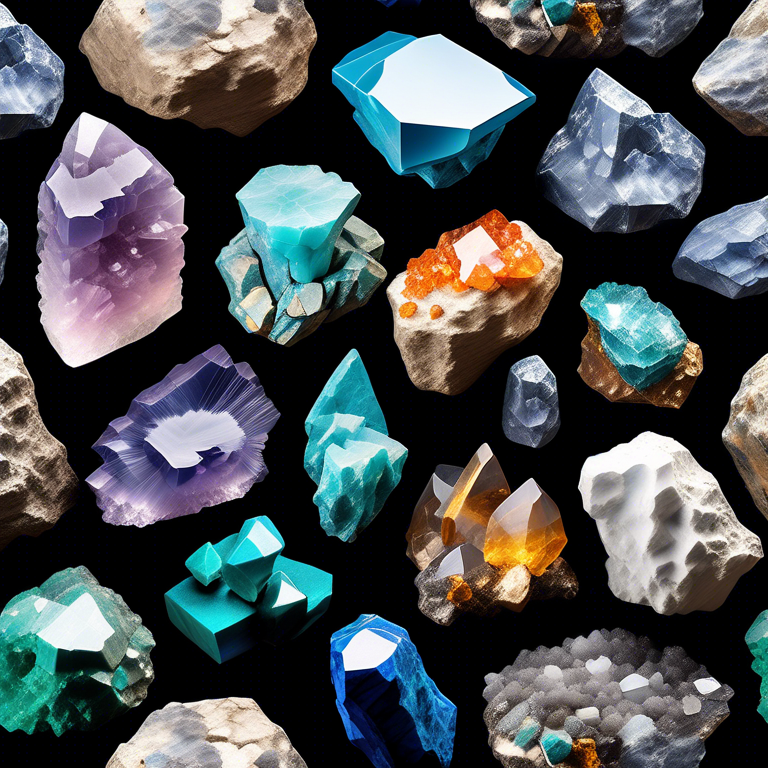Explore the intricate business of how much various stones cost, delving deep into factors influencing their appraisal and the ever-changing landscape of the minerals market. This article offers a detailed exploration of rocks pricing, from common aggregates to precious gemstones, providing a foundational understanding for enthusiasts and professionals alike.

Understanding Rocks Pricing Fundamentals
The valuation of rocks, whether they are raw minerals, polished gems, or utilitarian stones, is a complex subject influenced by numerous factors. These variables range from the rarity and demand for a particular mineral to its aesthetic appeal, size, and even the costs associated with mining, processing, and transporting these natural treasures. Here, we unpack these elements to shed light on how various stones are priced within the market.
At the most basic level, common aggregates such as gravel and sand tend to have relatively stable and low prices due to their abundance and wide application in construction. The scenario drastically changes as we ascend the ladder of rarity and desirability toward semi-precious and precious gemstones such as amethysts, diamonds, and rubies. For these, prices can skyrocket, not solely based on scarcity but also on factors such as color, clarity, cut, and carat (the four Cs).
The Role of Rarity and Demand
Rarity is a principal factor in determining a rock’s price. Minerals that are scarce on Earth’s surface, such as diamonds, tend to fetch higher prices. However, demand plays an equally critical role. For example, while diamonds are exceptionally valuable, their market is also driven by vigorous marketing strategies and controlled supply. Conversely, some rarer stones may not command similar prices if they lack the same level of market demand.
Beyond rarity and demand, the quality of the stone is pivotal. Inclusions, cracks, and color consistency can severely affect a gemstone’s valuation. Similarly, the stone’s provenance—where it comes from—can add to its allure and price, especially if it hails from a region known for producing exceptional examples of that mineral.
Economic and Environmental Considerations
Economic factors such as inflation, currency fluctuations, and changes in global trade policies can influence mineral prices. Moreover, environmental considerations and ethical sourcing have become increasingly significant to consumers, impacting the pricing and value perception of stones. Mining practices, the energy footprint of transporting and processing stones, and even the political climate of the source country can all sway public opinion and, by extension, pricing.
As awareness grows concerning the environmental and ethical implications of mining, there’s a rising trend toward sustainable and fair-trade gemstones. These stones, often commanding a premium, reflect a growing segment of consumers willing to pay more for products that align with their ethical values.
Navigating the Market
For those interested in the rocks market, whether for investment, collection, or educational purposes, understanding these pricing dynamics is crucial. Prices for the same type of stone can vary widely based on quality, origin, and even the selling platform. Online markets, auction houses, and direct from miner or lapidary sales each offer different advantages and pricing structures.
In conclusion, the pricing of rocks is a multifaceted subject influenced by a variety of factors including rarity, demand, quality, economic fluctuations, and ethical considerations. To navigate this complex market, an understanding of these dynamics is essential. As the industry continues to evolve, with a growing emphasis on ethical practices and sustainability, prices and consumer preferences are likely to reflect these changing values.


